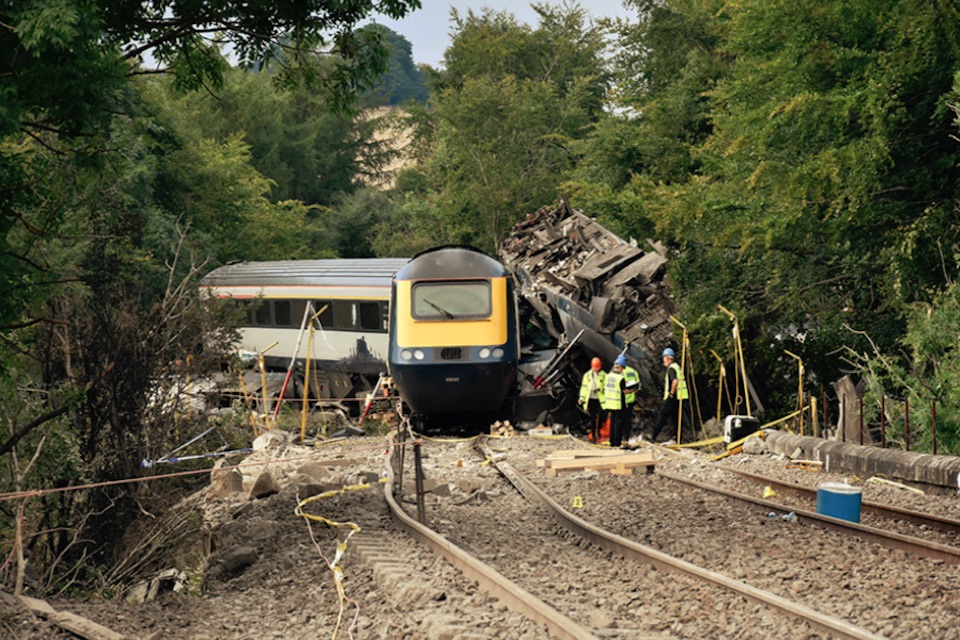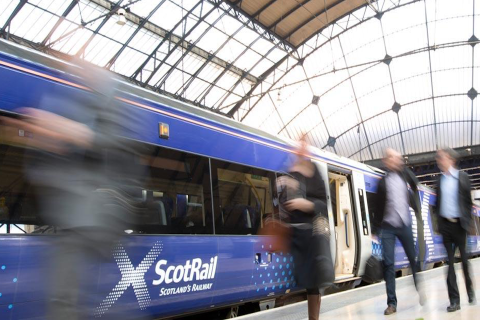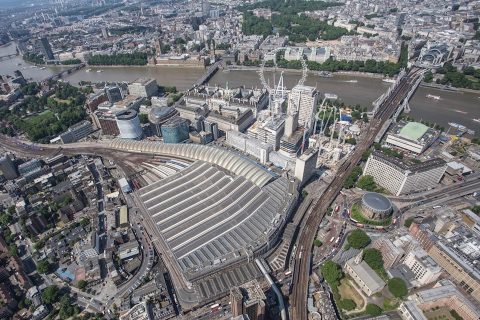Will Network Rail face more severe punishment over Carmont crash?

Three years have passed since the tragedy that unfolded near Stonehaven when an Aberdeen to Glasgow train derailed after striking a landslide at Carmont. Three lives were tragically lost that day, and it is a stark reality that the toll could have been far higher if the train had not been nearly empty – a consequence of Covid travel restrictions in force at the time. Since that fateful day, 12 August 2020, a lengthy investigation has aimed to answer critical questions: What went wrong? Who bears responsibility? What measures can be taken to prevent a recurrence?
Want to read more?
You have read all of your free premium articles for this month. Please become a subscriber to keep reading.
Subscribe now!
Take advantage of our exclusive offer to get full access to all premium content.




